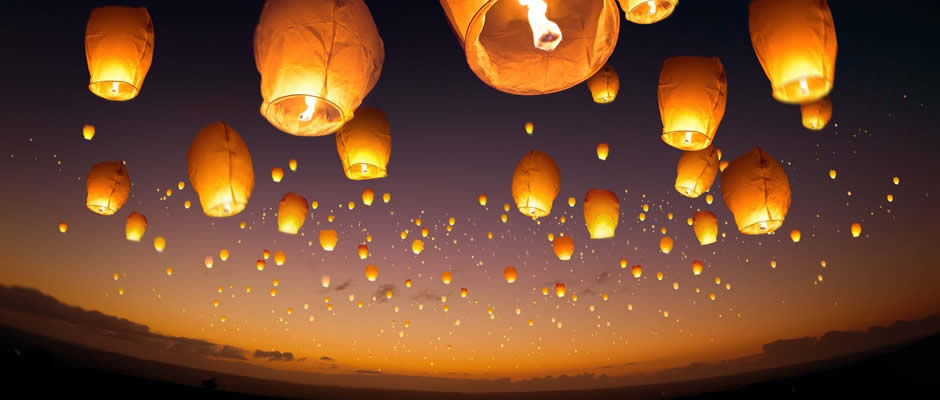The Magic of Halloween and Honoring the Dead
Remembering Death is the Key to Life
From the Reclaiming Website back in 2017:
Honoring our beloved dead and dancing the spiral of rebirth. The real meaning of Halloween, or Samhain (pronounced sow-in as in ‘sour’) as referred to by the Celts, was the time when the cattle were moved from the summer pastures to winter shelter.
It was the end of the growing season, the end of harvest, a time of thanksgiving, when the ancestors and the spirits of the beloved dead would return home to share in the feast.
Death did not sever one’s connections with the community. People would leave offerings of food and drink for their loved ones, and set out candles to light their way home.
Those traditions gave us many of our present day customs. Now we set out jack-o-lanterns and give offerings of candy to children—who are, after all, the ancestors returning in new forms.
Death and regeneration are always linked in Goddess thealogy. Birth, growth, death and renewal are a cycle that plays over and over again through natural systems and human lives.
Embracing this cycle, we don’t need to fear death, but instead can see it as a stage of life and a gateway to some new form of being.
http://reclaimingspiraldance.org/about-3/the-real-meaning-of-halloween/
Oct 31 Now known as Halloween. This HolyDay is also known as All Hallows Eve and was referred to as Samhain (pronounced sow’wen) by the Celtis marking their seasonal New Year at a time when the veil between the living and the dead was thinnest – when the dead could visit the living and the living could connect with those who had died. It was a time to honor the dead and the final harvest of the season.
.
An older tradition to support this time was to dress up in costume (or some form of disguise) and go door to door offering prayers for the dead in exchange for food. That tradition has evolved into what we have today with kids dressing up in costumes and “trick or treating” for candy. This time of year is when pumpkins are ripe and a tradition of pumpkin carving has evolved along with haunted houses, watching scary movies, hayrides and finding our way through mazes.
.
The Cross Quarter time reminds us of the importance of slowing down, becoming more still and going within to glean guidance about the coming year.
Nov 1 is All Saints’ Day, All Hallows Day or Hallowmas. This is a Christian holiday that evolved as a way to insert itself over and replace the “pagan” holiday of honoring the dead. It was designed to call attention to and honor all known and unknown saints and martyrs. On this day the faithful would go to church, offer prays to the known saints, light candles, and bring flowers to graves of the deceased.
Nov 2 All Souls’ Day is the third holiday in Chrisitan Hallowtide or Allhallowtide triduum (three day religious observance) to honor the dead. In order to more successfully replace the Day of the Dead holidays that existed in various cultures the Christian Church realized they needed a day that honored the dead that may still be in transition to heaven. The subtle difference is All Saints’ Day prayers are aimed at those who are sure to already be in heaven. All Souls’ Day prayers are for those who are still finding their way to the heavenly realms.
Oct 31 – Nov 2 Dia de los Muertos is a three-day Mexican holiday to celebrate and honor the souls of the dead. On the evening of October 31 preparation begins. November 1 is dedicated to Dia de los Inocentes, the infants and children who have died. November 2 is known as Dia de los Muertos meaning it is the dedicated day of the dead. Originally held in August over 2000 years ago the date was moved to November as colonization and Christianization began taking over so these holidays would coincide with Hallowtide.
.
Traditional observance includes offerings of food and drink at gravesites, lighting candles, creating ofrendas to welcome and honor the deceased, making sugar skulls, sweet breads, and other treats to share with family and visiting spirits. Bright Orange Marigolds with a strong fragance believed to attact the spirits of the dead, are placed on ofrendas (offerings placed on altars) in parks, on doorsteps and graves.
A procession or parade in Mexico City and Tucson, Arizona (known as All Souls Procession) and other places is a relatively new tradition. Processioners dress in colorful clothes with sugar skull face paint carry pictures of deceased relatives energizing the rememberance of the lives of those who have died.
Based in the knowning that those who are remembered – live.

